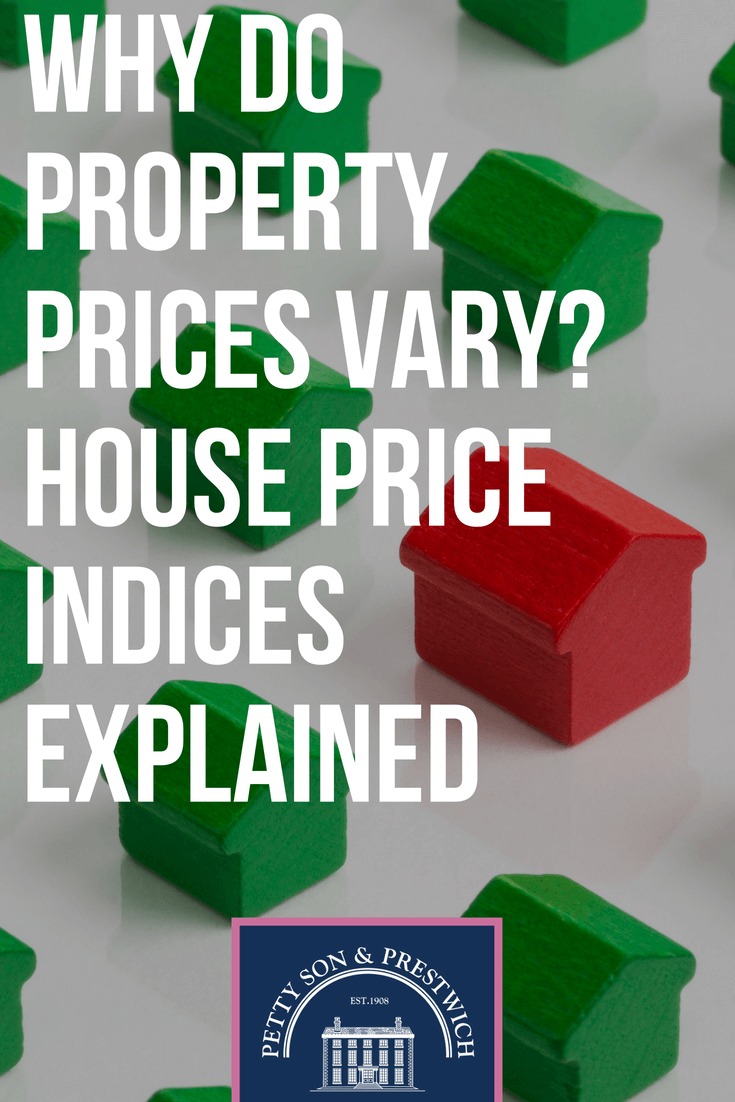Ever wondered why the state of the property market can vary from one news source to the next? Why one newspaper will claim house prices are going up while another will say they’re going down? You’re not alone, and the whole thing can be more than just a little confusing - especially in a market such as the one we’re experiencing at present.
Even in a steady market these reports can vary dramatically. Why is that? Well, it’s largely down to the fact that there are a number of different house price indices to draw information from rather than one single index. As each of these indices gather their data from different sources and with varying criteria, the results can be baffling if you’re just looking at the headlines.
So, with this in mind, we’ve decided to put together a list of the main house price indices and give a brief overview of each so that you’ll be more informed next time you read about UK house prices. Let’s get to it!
UK House Price Index (HPI)
Recently combined, the Land Registry and the Office for National Statistics (ONS) now release a single report as opposed to the individual indices the two organisations ran pre-2016. This index is one of the most reliable when it comes to analysing past market trends, but is less dependable for predictions.
This is due to the fact that the index is based upon time of registration rather than time of sale, so there can be a considerable delay on the data being reported. The information is rock solid, but if you want to get a feel for what the future holds, this index may not be the best indicator to use.
LSL/Acadata
Designed by economists and set up in part by the Financial Times back in 2003, the LSL/Acadata index claims to be a more current representation of the market than data release by the Land Registry/ONS.
This particular index pulls in data from other indices (including the Land Registry) and says that its “index of indices” resolves the problem of “untimely” Land Registry data by providing a monthly emerging percentage change to the average house price.
Halifax House Price Index
Halifax have been reporting on the housing market since 1983 and are regularly cited in the media as a source indicator of what’s happening to property prices across the country. The Halifax index gathers its data from the mortgage advances the lender has agreed and makes adjustments for seasonal differences. This has caused some to be wary of its reliability, especially when compared to the data gathered by the Land Registry.
The problem comes from the fact that the data used is more a representation of their business rather than a guide to the property market as a whole. While the Halifax does have a large market share of mortgage trades, it is by no means a comprehensive overview of the entire UK property market.
Nationwide House Price Index
Similar to the Halifax index, Nationwide assemble their data from their own mortgage operations and adjust for seasonal differences. All cash transactions are also excluded from their reports.
This leaves us with the same problem as it does with their rival lender: it’s more of an indicator of their business rather than an entirely accurate portrayal of the housing market in general.
Rightmove House Price Index
The property portal’s index works in a very different way to all of the above indices as it doesn’t report on either mortgage deals or purchase prices, but rather on the asking prices made by sellers. This gives a completely different set of figures, but interestingly it still tracks with the others over time.
The main issue with the Rightmove index is its immediate volatility and mirroring of market sentiment rather than solid data. For example, if the housing market is bullish, the index will rise as sellers try to wrestle every penny out of their sales. Conversely, in markets where sellers will be forced to readjust prices in line with buyer’s demands, the index will fall. Asking prices do not necessarily reflect purchase prices, after all.
While there are other indices out there, these are widely regarded as the top five and they’re the ones frequently cited in the media. As you can see, the information gathered by these indices varies considerably, so it’s little wonder that their results can be conflicting.
The best thing to do if you want an accurate representation of what’s happening to property prices in your local area is to speak with a reputable high street agent such as Petty Son and Prestwich. With boots on the ground, we’re well placed to give you an honest appraisal of what the market in East London and West Essex is actually doing, rather than the country as a whole.
So, if you are looking to buy or sell and want to find out more about what the property market looks like at present, give us a call.
Wanstead office – 020 8989 2091 or This email address is being protected from spambots. You need JavaScript enabled to view it.
Buckhurst Hill office - 020 8504 5403 or This email address is being protected from spambots. You need JavaScript enabled to view it.
